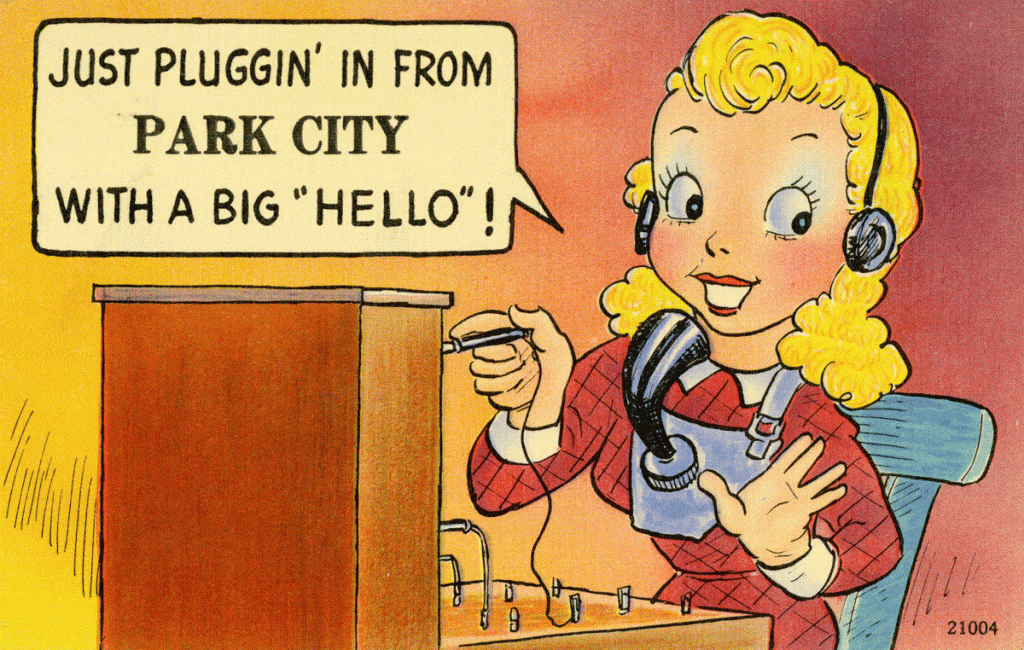The Park City Museum is currently hosting The Way We Worked, a traveling exhibition from the Smithsonian Institution. Staff has developed a local component called The Way Park City Worked which tells the story of the workers from all walks of life who helped put this town on the map. The exhibit highlights some women workers and asks questions about their lives that aren’t easily answered. The following article is the second in a series that looks to provide context and answers to those questions.
In the late nineteenth century, most women who worked were either in domestic service or factories. Their transition into white collar work was gradual. Clerical jobs increased after the invention of the typewriter in the 1870s. Typing courses and secretarial schools opened and women took advantage of the new opportunities. Jobs like stenographers, typists, and bookkeepers in corporate and government offices were more profitable and respectable than factory or domestic work.
Many women also started working in the emerging telephone industry. In towns like Park City, women worked in telephone company offices with big switchboards. Often called “Hello Girls,” switchboard operators were usually women, hired by company managers based on the assumption that they had a better rapport with callers than men did.

Credit: Park City Historical Society and Museum
According to the 1900 census, only about 3% of Park City women worked, a percentage on par with the rest of the country. But things were changing. Women lobbied for expanded education opportunities and more legal rights, including the right to vote. When the US entered World War I in 1917, job opportunities for women opened up as men left to fight. Many women took over men’s jobs in plants, factories, farms, and other local positions. Women did a lot of unpaid work during wartime too, including knitting socks, rolling bandages, selling war bonds, and monitoring their families’ food supplies.
By 1920, about 23% of all women over eighteen were employed, but women still faced challenges. They found it difficult to get promoted within their companies and their salaries remained low. Annual salaries for clerical work across the country averaged about $1200 for women where men made about $2010. Black women and immigrants faced additional challenges in the workplace due to racism and discrimination. They found their options even more limited than their white colleagues, and often had to work longer hours and in worse conditions.
If you’re interested in learning more about labor history in the twentieth century on both the local and national level, be sure to stop by the Park City Museum. But hurry! The last day to see The Way We Worked and The Way Park City Worked is today, January 10!
The Way We Worked has been made possible in Utah by Utah Humanities. The exhibition, created by the National Archives, is part of Museum on Main Street, and collaboration between the Smithsonian Institution and State Humanities Councils nationwide. Support for Museum on Main Street has been provided by the United States Congress.